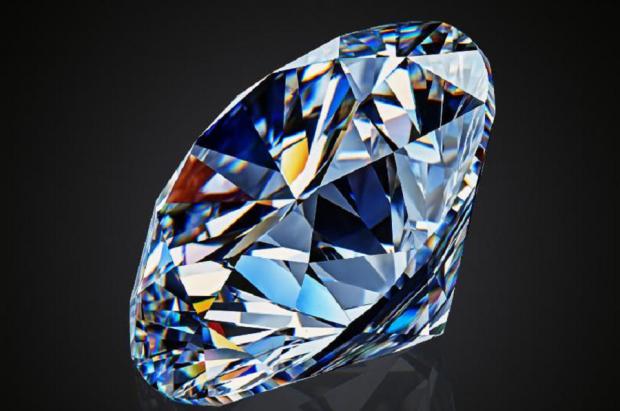
Breaking News
 NonConformist Series: Practical Wealth - Join us virtually Dec 29-30, 2025
NonConformist Series: Practical Wealth - Join us virtually Dec 29-30, 2025
 New bill would allow private citizens to fight cartels: 'WE ARE UNDER ATTACK'
New bill would allow private citizens to fight cartels: 'WE ARE UNDER ATTACK'
 Carnivore Got Me 90% There. This One Drink Changed Everything
Carnivore Got Me 90% There. This One Drink Changed Everything
Top Tech News
 Perfect Aircrete, Kitchen Ingredients.
Perfect Aircrete, Kitchen Ingredients.
 Futuristic pixel-raising display lets you feel what's onscreen
Futuristic pixel-raising display lets you feel what's onscreen
 Cutting-Edge Facility Generates Pure Water and Hydrogen Fuel from Seawater for Mere Pennies
Cutting-Edge Facility Generates Pure Water and Hydrogen Fuel from Seawater for Mere Pennies
 This tiny dev board is packed with features for ambitious makers
This tiny dev board is packed with features for ambitious makers
 Scientists Discover Gel to Regrow Tooth Enamel
Scientists Discover Gel to Regrow Tooth Enamel
 Vitamin C and Dandelion Root Killing Cancer Cells -- as Former CDC Director Calls for COVID-19...
Vitamin C and Dandelion Root Killing Cancer Cells -- as Former CDC Director Calls for COVID-19...
 Galactic Brain: US firm plans space-based data centers, power grid to challenge China
Galactic Brain: US firm plans space-based data centers, power grid to challenge China
 A microbial cleanup for glyphosate just earned a patent. Here's why that matters
A microbial cleanup for glyphosate just earned a patent. Here's why that matters
 Japan Breaks Internet Speed Record with 5 Million Times Faster Data Transfer
Japan Breaks Internet Speed Record with 5 Million Times Faster Data Transfer
Scientists stretch diamond to improve its electronic properties

Why? Stretching nanoscale samples changes their electronic and optical properties, which could open up a new world of diamond devices.
To say that diamond isn't very elastic is an understatement – while the stretchiest materials can reach tensile elastic strains of a few hundred percent, bulk diamond tops out at less than 0.4 percent.
On the nanoscale however, diamond theoretically should be capable of much higher elasticity. A few years ago, the City University team bent nanoscale needles of diamond to tensile elastic strains of about 9 percent.
In the new study, the team took things a step further. They made bridge-shaped samples of diamond about 1,000 nanometers long and 300 nm wide, and stretched them lengthways. Over a series of cycles, the diamond showed an elastic deformation of around 7.5 percent across the whole piece, before returning to its original shape once the pressure was off.
In follow-up tests, the researchers optimized the shape of the samples, and then managed to stretch the diamond even further – up to 9.7 percent. That, they say, is close to the theoretical elastic limit of diamond.
But the experiment wasn't just about stretching diamond for the sake of it – it could pave the way for new electronic components made of diamond. Applying that kind of strain can actually change some of the electronic and photonic properties of a material.
To find out how much by, the team simulated diamond's electronic properties under different levels of strain, between zero and 12 percent. They found that as the tensile strain increased, the diamond's bandgap decreased, essentially meaning it became more electrically conductive. It peaked at a 2 electronVolt drop when under about 9 percent strain. Using spectroscopy, the scientists verified this bandgap-decreasing trend in the diamond samples.

 Aluminum Causes Brain Damage
Aluminum Causes Brain Damage Advanced Propulsion Resources Part 1 of 2
Advanced Propulsion Resources Part 1 of 2

